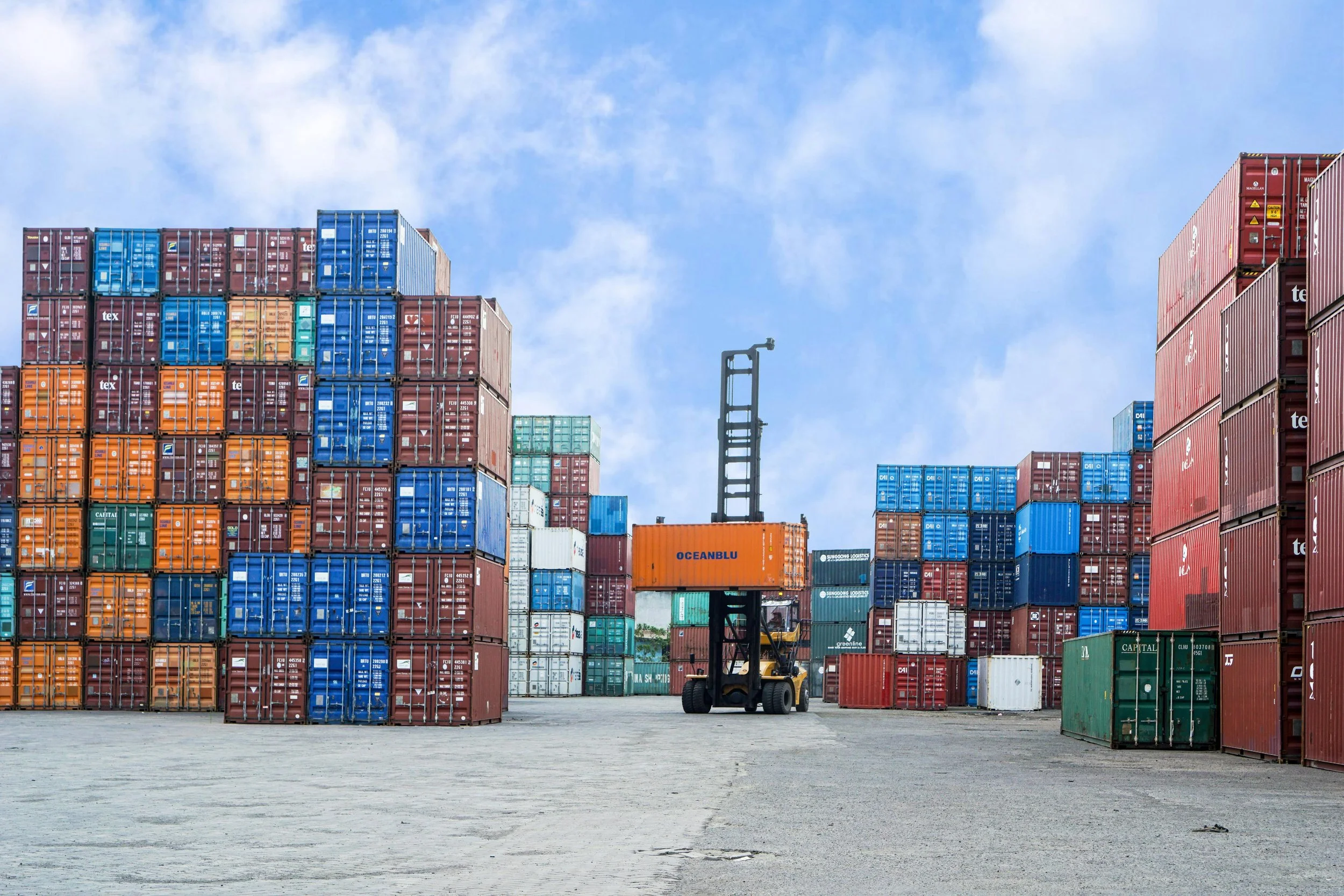Bribery, Cargo Theft, and the Human Sensor Network: How Culture and Indicators Protect Supply Chains
Bribery undermines supply chain security by providing criminals with insider access to valuable cargo information. This article explores how bribery facilitates targeted theft and weakened security, highlighting the importance of a strong risk mitigation framework. Learn how fostering a culture of vigilance and using human sensors can safeguard your operations from internal threats.
Counterfeiting in the Supply Chain
Counterfeit goods silently infiltrate global supply chains, threatening safety, trust, and brand reputation. This article reveals how fakes enter the system—from false documents to supplier fraud—and offers practical strategies for prevention. Learn how to safeguard your products, partners, and customers by tackling this hidden yet growing supply chain risk.
The Shadow of Deception: How Fraud Conceals Insider Threats in Manufacturing, Transport, and Logistics
Fraud often conceals insider theft in manufacturing, transport, and logistics sectors. This article explores these deceptive tactics and provides essential prevention and detection methods. Learn how to protect your organization’s assets, operations, and reputation by addressing this often-overlooked internal risk. Don't let internal crime go unnoticed.
The Importance of Establishing a Baseline for Analytics in Cargo Security
In the fast-evolving world of logistics and supply chain management, ensuring the security of cargo against fraud and theft is a top priority. This article explores why a baseline is foundational to preventing losses from fraud and theft, how it supports proactive security measures like tracking and geofencing, and the pitfalls of poor data analysis that can undermine even the best solutions.
Addressing Negligent and Accidental Risks in Insider Threat Management Frameworks
Negligent and accidental risks from insiders, like errors or oversight, threaten supply chain operations and security as much as malicious acts. This article explores their impact—disruptions, data leaks, compliance issues—and why they belong in insider threat frameworks. Learn how training, processes, and monitoring can mitigate these risks and boost resilience.
What Is a Secure Supply Chain? A Reflection on Security and Resilience.
Supply chains face constant threats from internal and external actors. These vulnerabilities put valuable assets and operations at risk, making security a top priority. Discover how companies can protect their supply chains through proactive, multi-layered security strategies that address both internal risks and external threats, ensuring comprehensive and ongoing protection.
The Evolving Landscape of Supply Chain Theft: Targeted Industries, Products, and the Impact of Economic Forces
Supply chains are under siege. Thieves target valuable goods such as food, electronics, and copper—driven by rising demand, high profits, and ease of resale. Economic forces like tariffs and inflation fuel the problem, increasing the urgency for robust protection. Learn how companies can protect these vital networks through a proactive, holistic approach to security.
Beyond the Numbers: Integrating Qualitative Insights for Robust Transportation Security
Data misinterpretations can cripple logistics and transportation security. By blending quantitative metrics with qualitative feedback, companies can avoid flawed decisions. Learn how integrating employee insights, conducting holistic risk assessments, and validating data interpretations can build a resilient security framework.
Fictitious Pickups: Mitigating the Risk of Fraudulent Carriers in the Freight Industry
Fictitious pickups threaten freight, causing losses and disruptions. By building a strong risk management foundation, companies can proactively prevent fraud through rigorous carrier vetting, advanced authentication methods, and employee vigilance. Learn how integrating technology, strengthening verification processes, and fostering a security-focused culture can protect operations.








